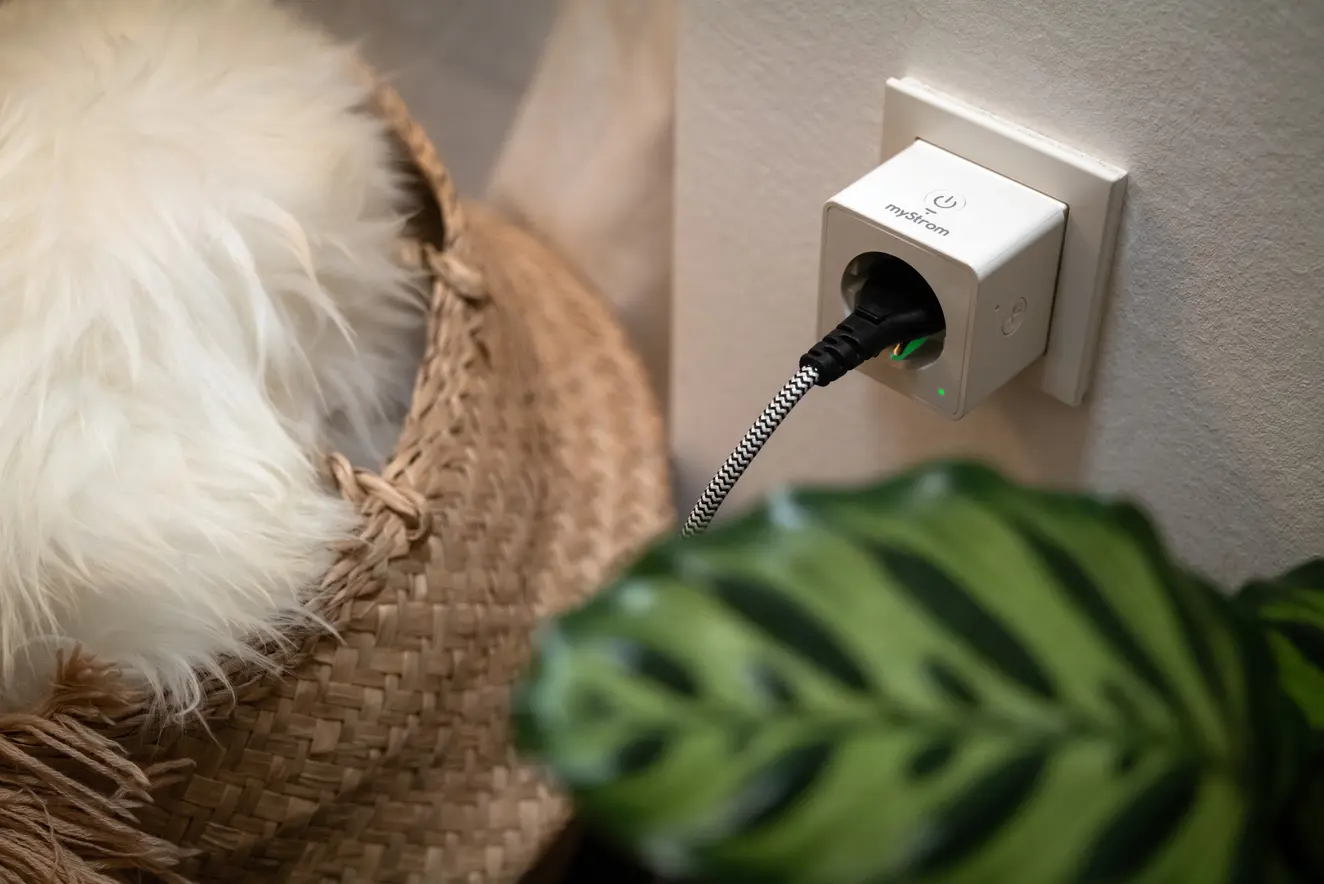

Get more out of your PV system.
How energy management makes all the difference.
Your photovoltaic system is generating clean, solar power. Great. But what will you do with it? It’s a question worth asking, because the average household consumes the most electricity in the morning and evening, yet the sun generates the most electricity during the day – between dawn and dusk. We can fill this gap with smart energy management.
Manage your own energy.
Consume the electricity you generate yourself and you won’t need to sell it to the grid for a low feed-in tariff. Meanwhile, the feed-in tariff – the money generated from feeding surplus electricity back into the grid – is substantially lower. You can use the energy you generate even more efficiently by selecting which appliances should consume it. Or you can use your solar energy to provide home electricity, to heat water, for heating, or to charge your electric car.
SOLARWATT Manager lets you choose between different energy management strategies: automatic, solar-optimized and time-optimized. Once you have chosen your preferred strategy, the smart energy management system takes care of everything for you. How does it do that? This smart monitoring and control center can be connected to all connected devices and appliances and can easily switch them on and off at scheduled times.

You also have the option of programming the SOLARWATT Manager to make the best use of all the energy available from your roof. If you have several things you’d like to power using solar energy, you just need to choose which you’d like to prioritize.
Benefits for your household
Having your own e-mobility charging station to power your e-vehicles is good for the environment and your wallet. Home solar-powered electromobility can be significantly cheaper than fossil fuels or grid electricity.
The wallbox is integrated into the home electricity network and recognized by the Manager. It’s no longer necessary to install an additional meter in front of the wallbox. The e-vehicle is prioritized for charging with surplus solar power, ensuring the battery will be fully charged when it’s time to leave. The Manager dashboard allows you to monitor all performance data: average charging power, average solar energy generation, and the distance that can be driven on the current charge level.
Charge intelligently - drive safely
The control part of your Manager portal allows you to set the specific charging process for your wallbox. In addition to solar-optimized charging to use surplus solar power, you can also program additional charging times. One example would be minimum-level charging after returning home from work, so that the charge is always sufficient for a set distance. The solar optimizer is configured to display the minimum range available from charging that way. This makes it easier to choose the level of charge you need.
Surplus solar power can also be used to power a heat pump. Based on the same principle as refrigeration technology, a heat pump extracts heat from the environment and transfers it to the heating system. In summer, this effect can be reversed and used to cool rooms.
When a heat pump is integrated into the home network and detected by SOLARWATT Manager, the smart energy management system prioritizes the heat pump to receive surplus solar power. The heat pump is controlled via the Manager’s SG-ready interface. The heat pump reduces the need for grid power and lowers heating costs. If the heat pump supports oil and gas heating systems, it will also reduce CO₂ emissions.
Heating water using solar energy is a good option for anyone unsure about investing in a full energy storage system. This provides another great way to make good use of and store the energy you generate. The hot water can be used either directly or fed into the heating system. This reduces heating costs and in the case of oil- and gas-based heating systems, it also reduces CO₂ emissions.
This requires, for example, a heating element that can be controlled via the Manager either with a time-based or solar-optimized strategy. Most heating elements require a minimum level of surplus energy in order to work. After that point, the power can be adjusted either continually or in steps.
It couldn’t be easier: Once a radio-controlled socket has been integrated into your home network, it can be controlled remotely. You just have to log into the Solarwatt Manager platform and adjust the corresponding virtual socket.
No matter whether it’s lighting, a washing machine, or a pool pump – almost any energy-consumer can be switched on or off via a remote-controlled socket. The Solarwatt Manager platform even allows you to do this while you’re out.
What are the advantages of smart electrical products?
- Add remote control to existing devices
- Conveniently switch devices and appliances on and off remotely
- Program pre-defined operating times
- Discover how much electricity devices and appliances are consuming
The smart sockets can be paired with the Manager in various ways, e.g. via WiFi login, via the router’s WPS function, or manually via an app. The only prerequisite for successful integration is that the Manager and the socket are on the same network and that the network is accessible via WiFi. The Manager can be integrated into the local network via the configuration interface on the Smart Setup screen.
On/off or operating times for individual smart sockets can be set in the Manager under the Sockets section or via app. You could theoretically connect an unlimited number of such sockets to the network.

Do you want to use the solar power you generate during the day in the morning or evening?
Store excess solar power using the Battery flex energy storage system and consume it when you need it. Avoid buying expensive electricity from the grid. The modular battery storage system can be adapted to suit your precise needs. If your needs grow over time, you can also expand your storage system accordingly.
